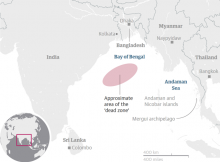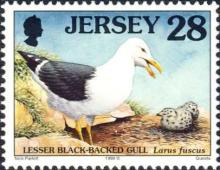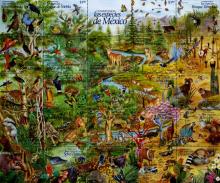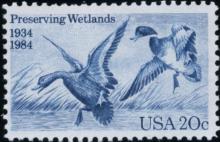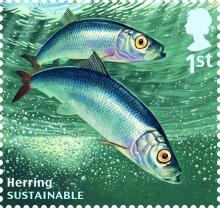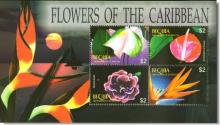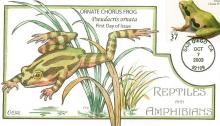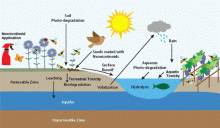Depleted fish stocks and a huge dead zone in the Bay of Bengal signal a tipping point
The Bay of Bengal’s basin contains some of the most populous regions of the earth. No less than a quarter of the world’s population is concentrated in the eight countries that border the bay. Approximately 200 million people live along the Bay of Bengal’s coasts and of these a major proportion are partially or wholly dependent on its fisheries. For the majority of those who depend on it, the Bay of Bengal can provide no more than a meagre living: 61% of India’s fisherfolk already live below the poverty line. Yet the numbers dependent on fisheries are only likely to grow in years to come.

